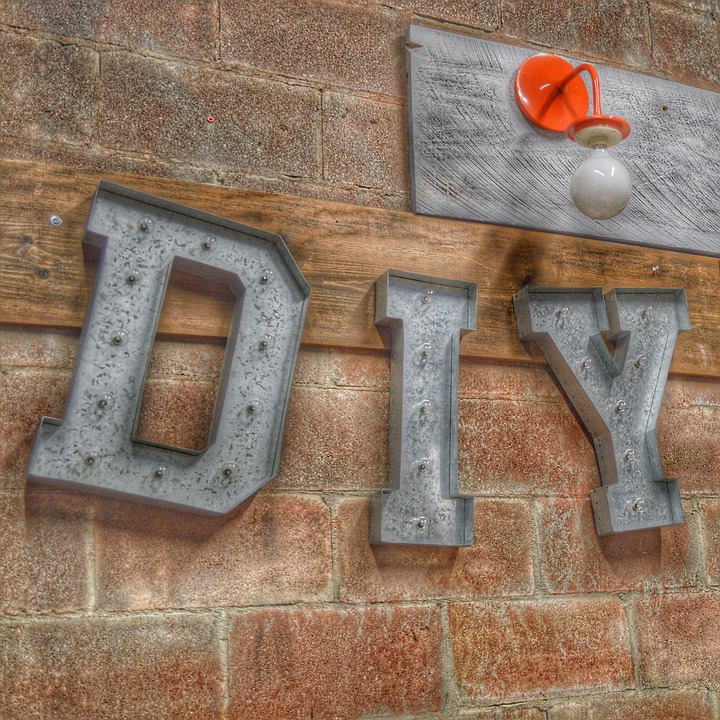
 The average life expectancy for bricks is more than 100 years, but on occasion, one or two may chip or break apart from the masonry creation and you are faced with the question of what should you do. Of course, you could wait until more bricks need to be replaced, but why do that when you can replace broken bricks in 15 easy steps. The Orlando masonry experts at Bedrock break down the details of each step so you can have confidence in taking on the task yourself. By following the below steps, you can anticipate an estimated repair time of one to two hours.
The average life expectancy for bricks is more than 100 years, but on occasion, one or two may chip or break apart from the masonry creation and you are faced with the question of what should you do. Of course, you could wait until more bricks need to be replaced, but why do that when you can replace broken bricks in 15 easy steps. The Orlando masonry experts at Bedrock break down the details of each step so you can have confidence in taking on the task yourself. By following the below steps, you can anticipate an estimated repair time of one to two hours.
Step 1: Secure your safety goggles and use a chisel, hammer, or sledgehammer to remove any existing mortar around the brick(s) you wish to replace. Do not strike the tool towards other bricks you want to keep or you may have more broken bricks to replace.
Step 2: Remove the unwanted brick. It does not matter if the broken brick is kept whole, so if it cannot be removed all at once simply break it into small pieces and try again.
Step 3: Place the new brick into a bucket, and fill the bucket with water until the brick is submerged.
Step 4: While wearing your safety goggles, remove any remaining mortar or debris left around the where the old brick had been. You may find the use of the wire brush necessary to take care of any smaller pieces that cannot be addressed with a chisel, hammer, or sledgehammer.
Step 5: You should finish cleaning out the section where the broken brick resided by flushing it out with water from a hose. This step is essential as the working area needs to be clean before proceeding. You may need to repeat step four then this step to make sure it thoroughly cleaned.
Step 6: Create a sample batch of mortar for the sake of determining how much of the coloring agent you want to use. Follow the directions indicated on the mortar mix package. Apply the sample to cardboard to help it dry faster. Now apply the coloring agent however much you like until it is a match to the existing mortar.
Step 7: Note the amount of color used in proportion to the previous batch, and begin to make the one to be used to secure the new brick. Make enough to secure the total amount of bricks needing to be replaced.
Step 8: Re-dampen the cavity that was previously flushed out with the garden hose. You want it to be wet but not soaked with water when you start step nine.
Step 9: Spread mortar on the bottom of the cavity, keeping it as level as possible throughout the application process.
Step 10: Retrieve the new brick from the bucket of water. Gently shake it to remove any excess dripping water. Once again, the goal is to have the brick wet, but not soaked with water.
Step 11: Apply plenty of mortar to the brick on the top and either side of the brick, but do not place any on the far or back end of it.
Step 12: Place the new brick inside the hole. Apply new mortar as necessary until it is level and uniform with the other bricks.
Step 13: Clean the area surrounding the brick and cavity with a damp sponge or rag while still wet. Applying the mortar ensures there are no holes or gaps.
Step 14: Match the spacing joints between the new and old bricks to match the other bricks uniformly. This step can be done with the towel or piece of wood, but we suggest using a brick jointer.
Step 15: Water your new mortar multiple times a day for the next few days to keep it stable and not turn brittle. This step is necessary for your handiwork to have the longevity that it deserves.
If you should determine that you need extra assistance after reviewing these 15 steps, give the Orlando masonry experts at Bedrock a call. Our helpful and courteous employees work hard to deliver the best products and service possible.